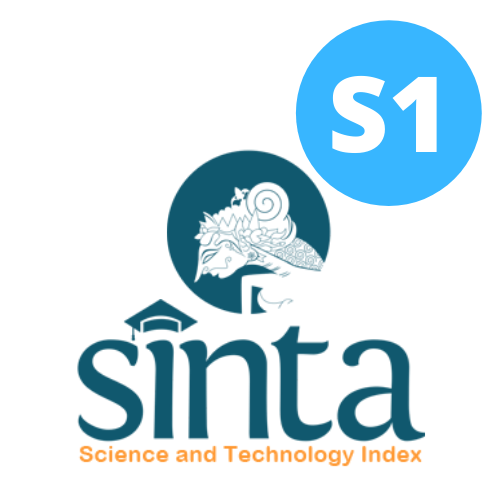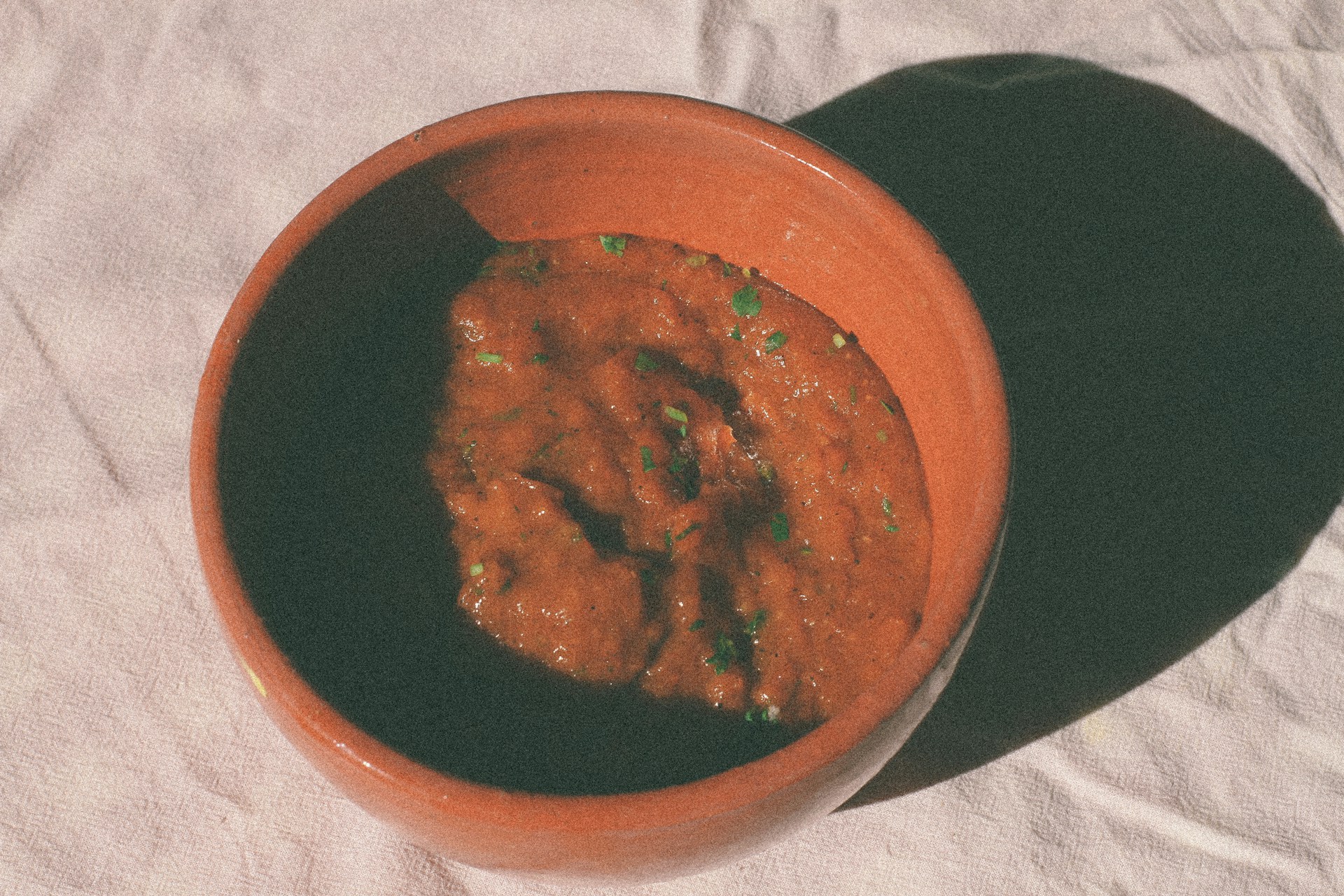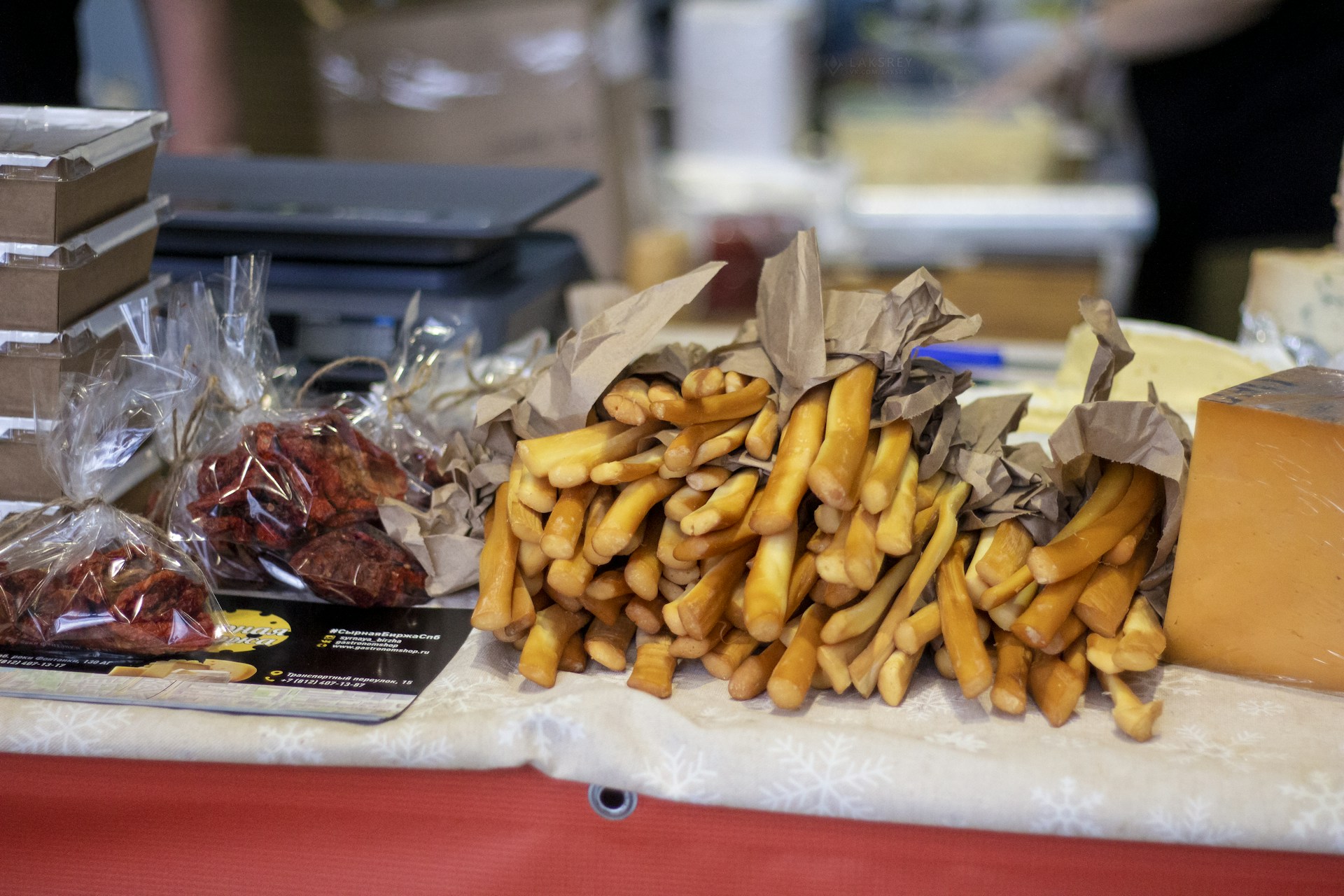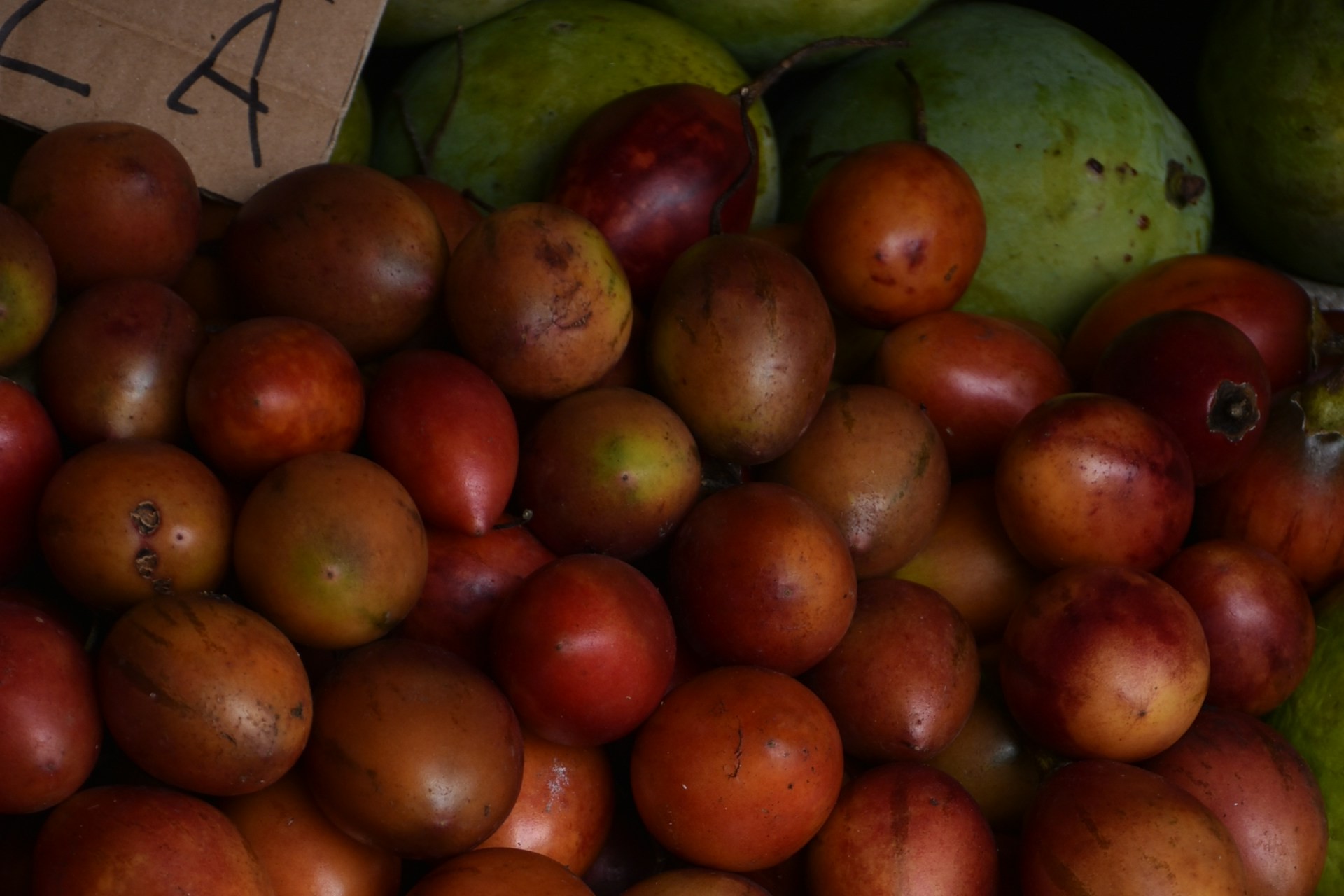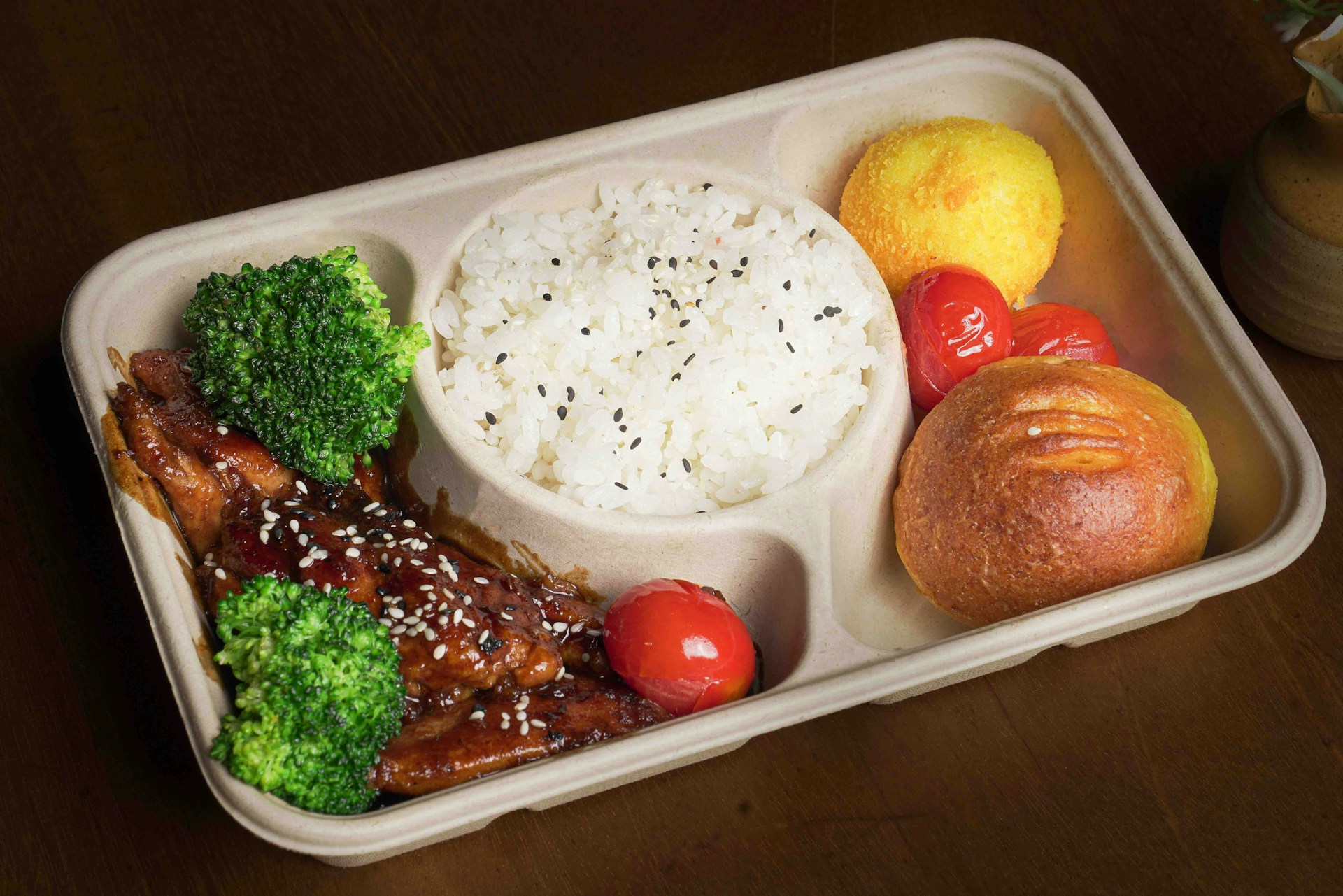Empowering Mothers in Utilizing Local Food Mixed Fish to Prevent Stunting: Reflection of Participatory Action Research
Pemberdayaan Ibu dalam Pemanfaatan Pangan Lokal Ikan Campur-campur Untuk Cegah Stunting : Refleksi Partisipatory Action Reseach
Background: Analysis of nutritional problems and program findings emphasize the importance of reaching and empowering women, especially mothers who have infants/toddlers at risk of stunting and stunting.
Objectives: This study aims to analyze the impact of empowering mothers of toddlers through reflection on the participatory action research process. Recovery.
Methods: The participatory action research method was applied. PAR was carried out through three cycles, namely seeing (initial data collection), acting or carrying out empowerment actions/interventions, and critical reflection on the impact of empowerment. Actions were carried out by training PKK mothers and cadres (n = 10) as agents of change, then the change agents provided nutrition promotion to empowerment targets (mothers of toddlers). The number of samples in the PAR impact evaluation process in the reflection stage was 50 people who were selected randomly. The data collection method was carried out using a questionnaire—data analysis using the Paired T-test.
Results: The results showed an increase in the average knowledge and attitudes of PKK and cadres trained to become agents of change (p-value <0.05). The intervention of change agents to mothers of toddlers had a significant impact on increasing the average knowledge and attitudes (p-value <0.05).
Conclusions: Empowering mothers in utilizing local mixed fish food ingredients is effective in empowering mothers in the cognitive field (knowledge and readiness). These findings provide new insights into developing stunting prevention and control programs.
T. Huriah and N. Nurjannah, “Risk factors of stunting in developing countries: A scoping review,” Open Access Maced. J. Med. Sci., vol. 8, no. F, pp. 155–160, 2020, doi: 10.3889/oamjms.2020.4466.
F. Hafid, T. Taqwin, L. Linda, N. Nasrul, K. Ramadhan, and B. Bohari, “Specific Interventions to Prevent Stunting in Children Under 2 Years after the Natural Disaster,” Open Access Maced. J. Med. Sci., vol. 9, no. E, pp. 64–69, 2021.
R. I. Kemenkes, “Hasil Utama Riset Kesehatan Dasar Tahun 2018,” Kementrian Kesehat. Republik Indones., pp. 1–100, 2018.
N. F. Krebs et al., “Birth length is the strongest predictor of linear growth status and stunting in the first 2 years of life after a preconception maternal nutrition intervention: the children of the Women First trial,” Am. J. Clin. Nutr., vol. 116, no. 1, pp. 86–96, 2022, doi: 10.1093/ajcn/nqac051.
S. A. Mashar, S. Suhartono, and B. Budiono, “Faktor-Faktor yang Mempengaruhi Kejadian Stunting pada Anak: Studi Literatur,” J. Serambi Eng., vol. 6, no. 3, pp. 2076–2084, 2021, doi: 10.32672/jse.v6i3.3119.
M. M. Karim, M. M. Choudhury, and W. Bin Latif, “The impact of training and development on employees’ performance: an analysis of quantitative data,” Noble Int. J. Bus. Manag. Res., vol. 3, no. 2, pp. 25–33, 2019.
Riskesdas Sumut, Riset Kesehatan Dasar Sumatera Utara. 2018.
R. Elvince, T. W. Sulistyaningrum, and I. Christiana, “Cipta Menu Bekal Anak Berbasis Olahan Ikan Air Tawar Dalam Upaya Mensukseskan Gemarikan Pada TK. Kuncup Mekar Kota Palangka Raya,” J. Pengabdi, vol. 3, no. 1, pp. 19–22.
R. D. Pasaribu, O. Marthony, S. Supriyantini, and D. N. Iswarawanti, “Improvement of Students and Snack Vendors Behavior After Received Health Promotion Program from UKS’s Cadres,” J. Gizi Indones. (The Indones. J. Nutr., vol. 10, no. 2, pp. 189–199, 2022, doi: 10.14710/jgi.10.2.189-199.
R. D. Pasaribu, E. Aritonang, E. Sudaryati, and F. Zuska, “Anemia in Pregnancy: Study Phenomenology,” Port. J. Public Heal., 2023, doi: 10.1159/000534708.
H. P. S. Rachman and M. Ariani, “Penganekaragaman Konsumsi Pangan Di Indonesia,” Kementrian Pertan. RI, vol. 6, no. 2, pp. 140–154, 2016.
U. Laili and R. A. D. Andriani, “Pemberdayaan Masyarakat Dalam Pencegahan Stunting,” J. Pengabdi. Masy. IPTEKS, vol. 5, no. 1, pp. 8–12, 2019.
F. Naja et al., “Study protocol: mother and infant nutritional assessment (MINA) cohort study in Qatar and Lebanon,” BMC Pregnancy Childbirth, vol. 16, pp. 1–11, 2016.
R. Juwita, “Artikel Konsep dan Peranan Agen Perubahan,” pp. 1–3, 2019, doi: 10.31227/osf.io/9tzyu.
S. Umiasih and O. W. K. Handayani, “Peran Serta Kelompok Masyarakat Peduli Paru Sehat Dalam Program Pengendalian Penyakit Tuberkulosis,” Higeia J. Public Heal., vol. 1, no. 1, pp. 1–7, 2017, [Online]. Available: http://journal.unnes.ac.id/sju/index.php/higeia.
A. Kabir, M. M. Rashid, K. Hossain, A. Khan, S. S. Sikder, and H. F. Gidding, “Women’s empowerment is associated with maternal nutrition and low birth weight: Evidence from Bangladesh Demographic Health Survey,” BMC Womens. Health, vol. 20, no. 1, pp. 1–12, 2020, doi: 10.1186/s12905-020-00952-4.
A. Gough, D. McCance, F. Alderdice, R. Harper, and V. Holmes, “Preconception counselling resource for women with diabetes,” BMJ Qual. Improv. Reports, vol. 4, no. 1, p. u209621.w3984, 2015, doi: 10.1136/bmjquality.u209621.w3984.
F. Ewerling, J. W. Lynch, C. G. Victora, A. van Eerdewijk, M. Tyszler, and A. J. D. Barros, “The SWPER index for women’s empowerment in Africa: development and validation of an index based on survey data,” Lancet Glob. Heal., vol. 5, no. 9, pp. e916–e923, 2017, doi: 10.1016/S2214-109X(17)30292-9.
S. Kemmis, R. McTaggart, and R. Nixon, “Critical theory and critical participatory action research,” SAGE Handb. action Res., pp. 453–464, 2015.
A. D. Laksono, H. Megatsari, and M. Yoto, “Riset Aksi Partisipatif Desa Sehat Berdaya,” pp. 19–50, 2019, doi: 10.31227/osf.io/wmh48.
R. Y. Amar, “The Correlation between Knowledge and Habit of Handwashing with Soap on Students of Primary School 101893 Bangun Rejo,” Int. Arch. Med. Sci. Public Heal., vol. 2, no. 1, 2021.
A. N. Rahma et al., “Peningkatan Gizi Ibu dan Anak melalui Program Pemberdayaan Masyarakat Keluarga Sadar Gizi (Kadarzi): Literature Review,” 2021.
F. Tentama, H. D. L. Delfores, A. E. Wicaksono, and S. F. Fatonah, “Penguatan Keluarga Sebagai Upaya Menekan Angka Stunting Dalam Program Kependudukan, Keluarga Berencana Dan Pembangunan Keluarga (Kkbpk),” J. Pemberdaya. Publ. Has. Pengabdi. Kpd. Masy., vol. 2, no. 1, pp. 113–120, 2018, doi: 10.12928/jp.v2i1.546.
N. Hidayah and M. Marwan, “Upaya pemberdayaan masyarakat dalam menciptakan generasi milenial sadar gizi yang bebas stunting melalui kegiatan 1000 HPK,” J. Community Engagem. Heal., vol. 3, no. 1, pp. 86–93, 2020.
J. Addison et al., “The ability of community based natural resource management to contribute to development as freedom and the role of access,” World Dev., vol. 120, pp. 91–104, 2019.
N. Diamond-Smith, J. Shieh, M. Puri, and S. Weiser, “Food insecurity and low access to high-quality food for preconception women in Nepal: The importance of household relationships,” Public Health Nutr., vol. 23, no. 15, pp. 2737–2745, 2020, doi: 10.1017/S1368980020000579.
C. C.H., H. S.W., M.-H. J.S., W. C.S., R. L.A., and H. M.M., “Rural primary care physician perspectives: Barriers to reproductive health care in central pennsylvania,” J. Gen. Intern. Med., 2011.
J. Lee, S. Jeong, G. Ko, H. Park, and Y. Ko, “Development of a Food Safety and Nutrition Education Program for Adolescents by Applying Social Cognitive Theory,” Osong Public Heal. Res. Perspect., vol. 7, no. 4, pp. 248–260, 2016, doi: 10.1016/j.phrp.2016.05.005.
M. C. B. Umanailo, “Consumption Diversification of Local Community,” J. AGRISEP Kaji. Masal. Sos. Ekon. Pertan. dan Agribisnis, vol. 18, no. 1, pp. 61–74, 2019.
P. Dudgeon, C. Scrine, A. Cox, and R. Walker, “Facilitating empowerment and self-determination through participatory action research: Findings from the national empowerment project,” Int. J. Qual. Methods, vol. 16, no. 1, pp. 1–11, 2017, doi: 10.1177/1609406917699515.
R. A. Salam, J. K. Das, O. Irfan, W. Ahmed, S. S. Sheikh, and Z. A. Bhutta, “Effects of preventive nutrition interventions among adolescents on health and nutritional status in low‐and middle‐income countries: A systematic review,” Campbell Syst. Rev., vol. 16, no. 2, p. e1085, 2020.
E. M. Rogers and D. Williams, “Diffusion of,” Innov. (Glencoe, Free Press. 1962), 1983.
M. Azizi, Z. Hamzehgardeshi, and Z. Shahhosseini, “Influential factors for the improvement of peer education in adolescents: a narrative review,” J. Pediatr. Rev., vol. 5, no. 1, pp. 38–44, 2017.
H. Kennedy, “How adults change from facilitating youth participatory action research: Process and outcomes,” Child. Youth Serv. Rev., vol. 94, no. October, pp. 298–305, 2018, doi: 10.1016/j.childyouth.2018.10.010.
L. lu atul Khodijah, S. A. Nugraheni, and A. Kartini, “Pengaruh Pendidikan Gizi Metode Peer Educator Terhadap Perubahan Perilaku Remaja Putri Pada Pencegahan Anemia Defisiensi Besi Di Kota Semarang (Studi di 2 SMK Negeri Kota Semarang),” J. Kesehat. Masy., vol. 6, no. 4, pp. 206–213, 2018.
A. R. Oakley, S. A. Nelson, and S. M. Nickols-Richardson, “Peer-led culinary skills intervention for adolescents: Pilot study of the impact on knowledge, attitude, and self-efficacy,” J. Nutr. Educ. Behav., vol. 49, no. 10, pp. 852–857, 2017.
R. W. H. Putra and W. Wijaningsih, “Pengaruh Pemberian Edukasi Gizi terhadap Pengetahuan dan Sikap Mengenai Anemia pada Remaja Putri,” J. Ris. Gizi, vol. 7, no. 2, pp. 75–78, 2019.
S. Seconingsih, W. Widartika, and A. Mimin, “PENGARUH PENDIDIKAN GIZI TERHADAP PENINGKATAN PENGETAHUAN DAN SIKAP PEER EDUCATOR DALAM UPAYA PENCEGAHAN ANEMIA.” Politeknik Kesehatan Kemenkes Bandung, 2020.
M. A. Usmaran, G. P. E. Mulyo, W. Hastuti, A. I. Hapsari, and Z. S. Kaffah, “Media Kalender dan Leaflet dalam Pendidikan Gizi terhadap Pengetahuan dan Perilaku Makan Remaja Overweight,” J. Ris. Kesehat. Poltekkes Depkes Bandung, vol. 11, no. 1, pp. 76–87, 2019.
R. Damayanti, Z. Shaluhiyah, and K. Cahyo, Peningkatan pengetahuan dan sikap ibu tentang phbs tatanan rumah tangga (asi eksklusif) di kabupaten sambas melalui media leaflet berbahasa daerah. Diponegoro University, 2017.
Copyright (c) 2025 Amerta Nutrition

This work is licensed under a Creative Commons Attribution-ShareAlike 4.0 International License.
AMERTA NUTR by Unair is licensed under a Creative Commons Attribution-ShareAlike 4.0 International License.
1. The journal allows the author to hold the copyright of the article without restrictions.
2. The journal allows the author(s) to retain publishing rights without restrictions
3. The legal formal aspect of journal publication accessibility refers to Creative Commons Attribution Share-Alike (CC BY-SA).
4. The Creative Commons Attribution Share-Alike (CC BY-SA) license allows re-distribution and re-use of a licensed work on the conditions that the creator is appropriately credited and that any derivative work is made available under "the same, similar or a compatible license”. Other than the conditions mentioned above, the editorial board is not responsible for copyright violation.




